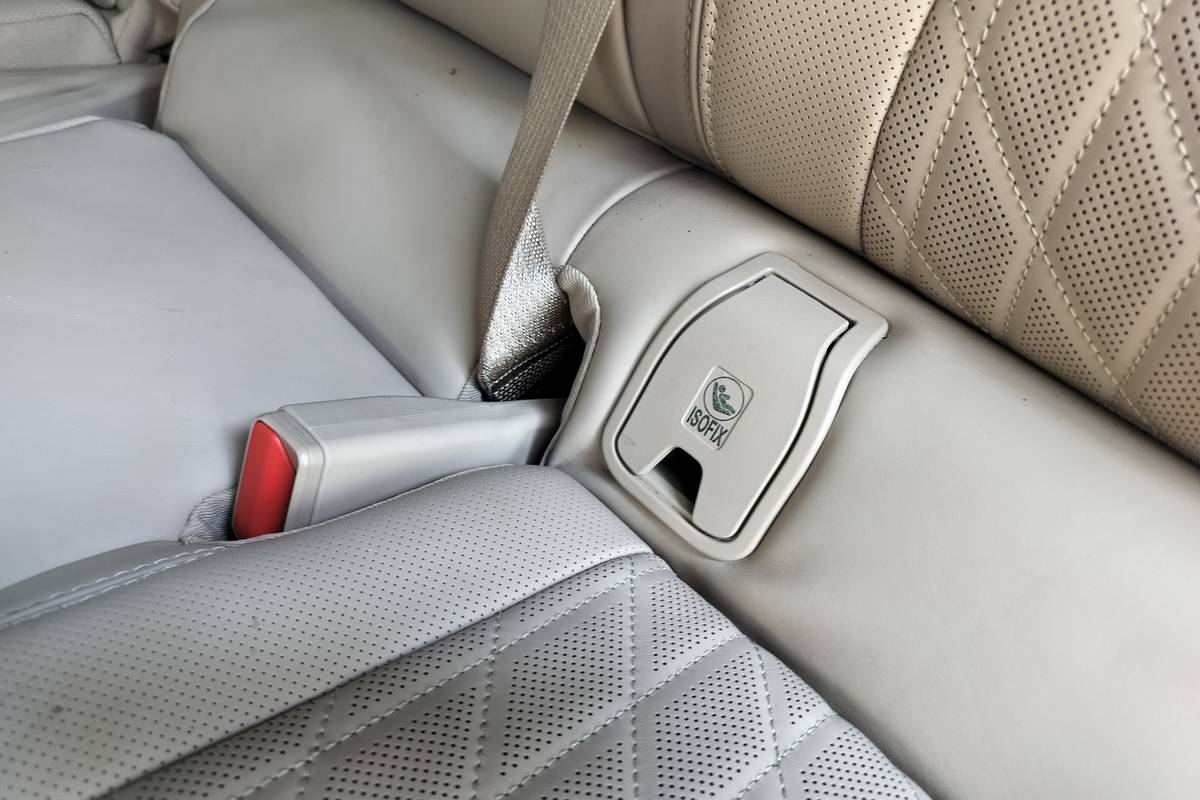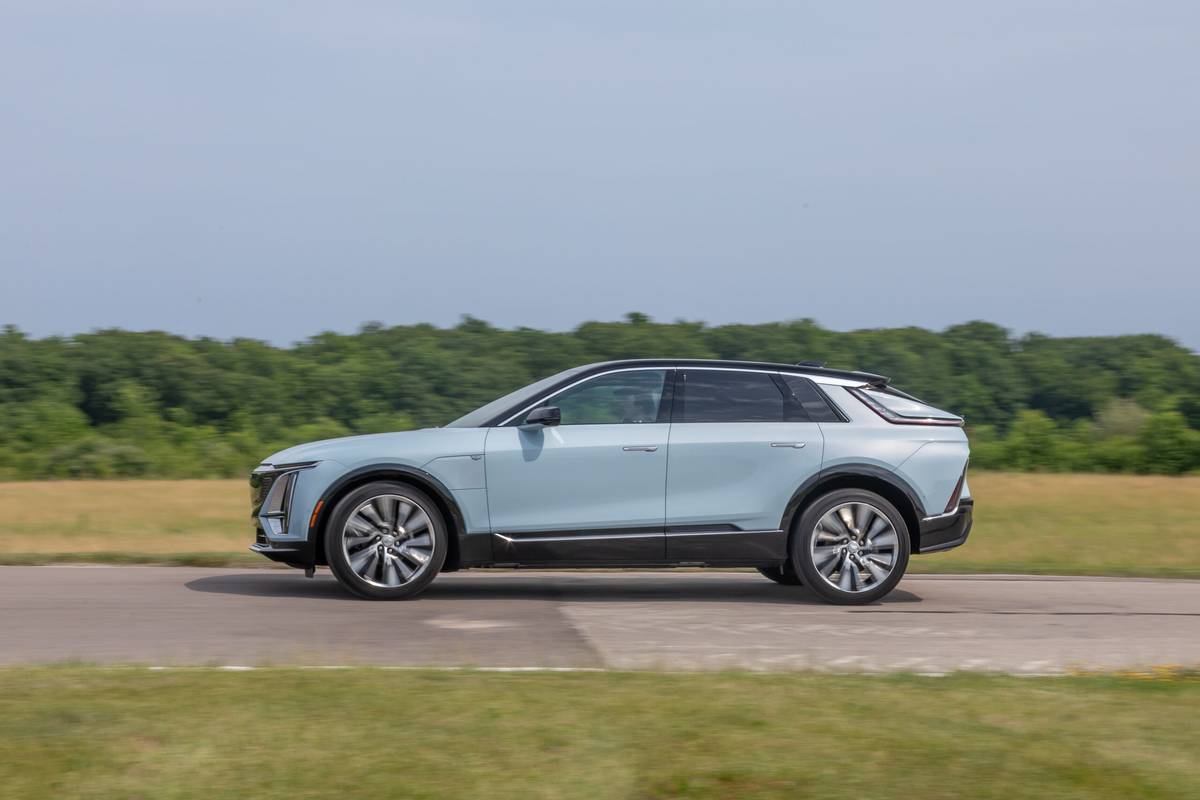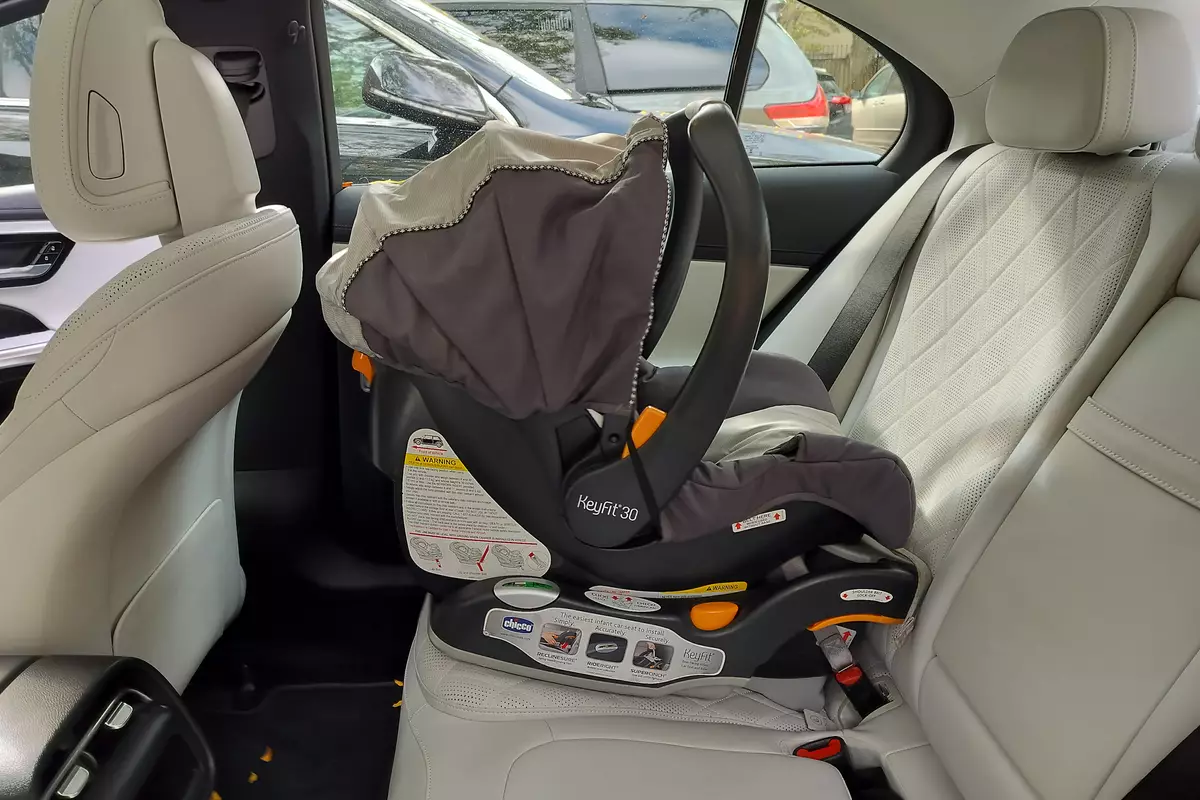washingtonpost.com's view
Some of you have bemoaned the absence of economy cars in this column. I understand. It’s not so much that I haven’t reviewed economy models. It’s that many of the cheap rides I’ve written about have been so forgettable.
There were some exceptions, such as the 2002 Mazda Protege5 and the 2002 Mitsubishi Lancer. But they stand out partly because they’ve moved upscale — more horsepower, more amenities, higher prices.
Now come the newest iterations of the Dodge Neon — the 2002 ES, SE, R/T and limited-volume ACR (American Club Racing) sedans. They come with more equipment — and modest price increases — in a bid to match competitive small cars from South Korea.
The Koreans, in fact, have reignited a small-car war in the United States. Led by Hyundai Motor Co., the Koreans have mastered a strategy of offering high-quality cars with lots of equipment and little price tags. They are forcing the Japanese and the Americans to respond.
Mazda, Mitsubishi and Toyota have chosen to move up the ladder, effectively ceding the market for bargain-basement cars — those costing $9,000 to $15,000 — to the Koreans. But DaimlerChrysler AG, the Neon’s maker, is trying to beat the Koreans at their own game.
Witness the base Neon ES. DaimlerChrysler has added an optional four-speed automatic transmission for 2002, replacing the lackluster three-speed automatic of yesteryear. That was done because all of the Neon’s rivals offer four-speed automatics.
Exterior and interior treatments have been upgraded. The new Neon, with its nicely tapered front-end and elegantly styled rear, is attractive — appealing in an adult way. The old model was cute in the manner of a child’s toy (a defect still shared by the R/T when it’s outfitted with that ill-advised, adolescent rear spoiler).
DaimlerChrysler also added air conditioning, a keyless entry system, fog lamps, and power windows, locks and mirrors as standard equipment to the Neon ES. Along with a competent 132-horsepower, 2-liter in-line four-cylinder engine, that is a pretty good package for about $14,500, including an estimated $600 transportation charge.
The standard transmission for all new Neons is a five-speed manual, which works better with the car than the new four-speed automatic.
I drove the Neon R/T after parking the ES. I didn’t particularly like it.
The R/T is designed for the people who race — or who fantasize about racing on weekend tracks. It has the same high-output 150-horsepower, 2-liter Magnum engine found in the hard-to-get Neon ACR. It comes with 16-inch-diameter wheels shod with Goodyear Eagle RS-A all-season performance tires. It also comes with excess body cladding.
The R/T is a throaty little beast, more noisy than it should be, in terms of both engine wail and exhaust note. It tends to announce itself in the manner of a little bully, which is not good for police-civilia n relations.
I don’t mind getting tailed by police in a Corvette, Porsche or Ferrari. Heck, that’s fun — made all the more enjoyable by precisely complying with posted speed limits while being followed. The police wait for illegal acceleration. It doesn’t happen. They are then frustrated by their own misguided concept of social discrepancy (“What’s that guy doing in that car?”). I think that’s justice.
But getting tailed in a zoot-suited economy car such as the Neon R/T is downright embarrassing. (“I know what that guy is doing in that car, but anybody silly enough to be driving it is bound to do it again. I’ll just follow him until he does.”)
It makes you long for the anonymity of a Chevrolet Cavalier.
Latest news



